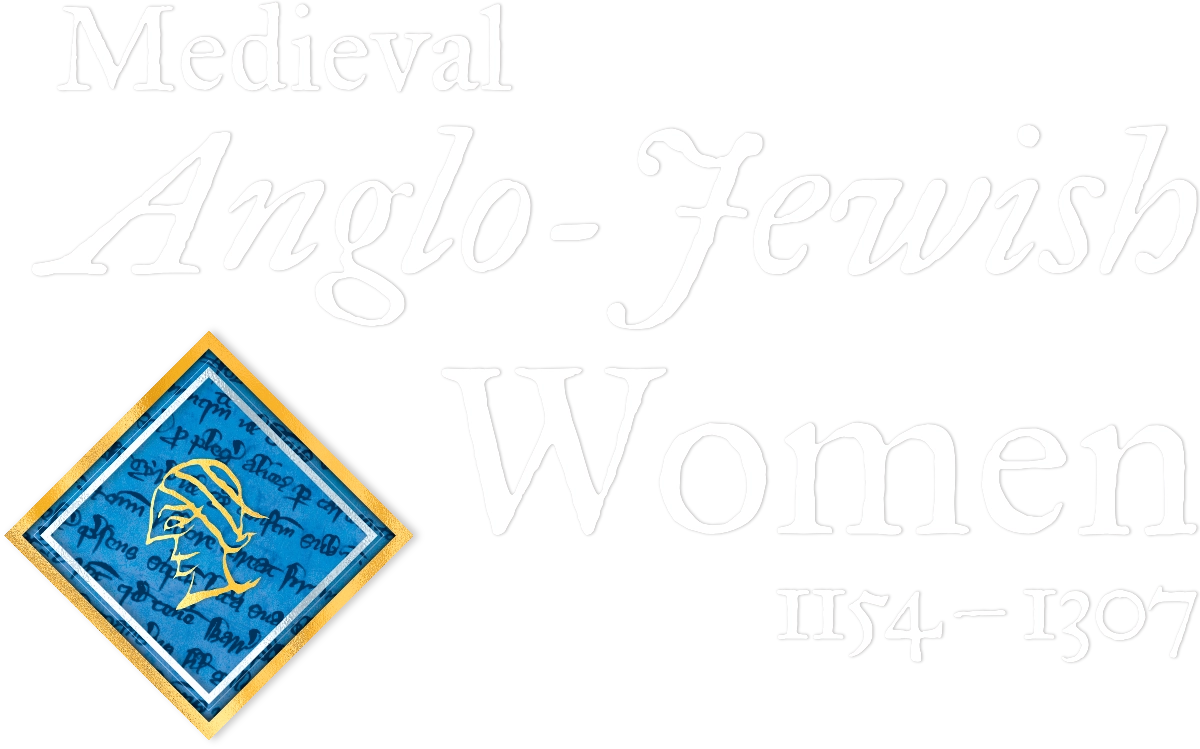Riche of Nottingham
Referred to in records as: “Richa”, “Richa Vidua”, “Riche vidua”.
Brief biography

Riche of Nottingham was an older contemporary of Rachel
Lumbard of Nottingham, and she is one of a small percentage of Anglo-Jewish
women who appear both in surviving Hebrew documents and in Latin records. In Latin
records, she is consistently called
Richa vidua(Riche the Widow), and little about her life before her widowhood is known. Before she lived in Nottingham, however, she seems to have resided in London, where both she and her son Benedict made two contributions toward a 1221 tallage on Jews
for aid to marry the King’s sister Joan,that is, to fund the dowry for King Henry III’s sister Joan to marry Alexander II of Scotland (which she did at York Minster on 19 June 1221).
By 1246/47, now firmly associated with Nottingham, Riche twice contributed to another
tallage levied
against Jews by Henry III. Around the same time, she was the subject of a Hebrew
letter to the Nottingham Jewish chirographers. The king had ordered that all bonds
in
the name of
Mistress Riche—Marat Riche in the Hebrew—be transferred to a man called Elias. The reason for this transfer is unclear: it may be that, as an independent creditor, Riche’s bonds were to be scrutinized and assessed for tallage arrears. Certainly, nonetheless, she was not dead: the bonds were to be turned over even if Riche came looking for them herself.
That Riche remained a widow throughout this period, from the 1220s to the 1250s,
that her son Benedict was recognized by his matronymic (Benedict fil’ Riche), and
that she had
multiple lending bonds in Nottingham, suggest that she was a businesswoman of some
prominence,
likely independently wealthy after her husband’s death.
Further reading
- Chew, Helena M. A Jewish Aid to Marry, A.D. 1221, Transactions of the Jewish Historical Society of England 11 (1924–1927), pp. 92–111.
- Hillaby, J. and C. Hillaby, The Palgrave Dictionary of Medieval Anglo-Jewish History. London: Palgrave. 2015, pp. 290–93.
- Olszowy-Schlanger, J., ed. Hebrew and Hebrew-Latin Documents from Medieval England: A Diplomatic and Palaeographical Study. Volume 1. Turnhout: Brepols. 2015, pp. 186–87 (no. 14).
Dates mentioned in records
1221–1259
Locations
Nottinghamshire

